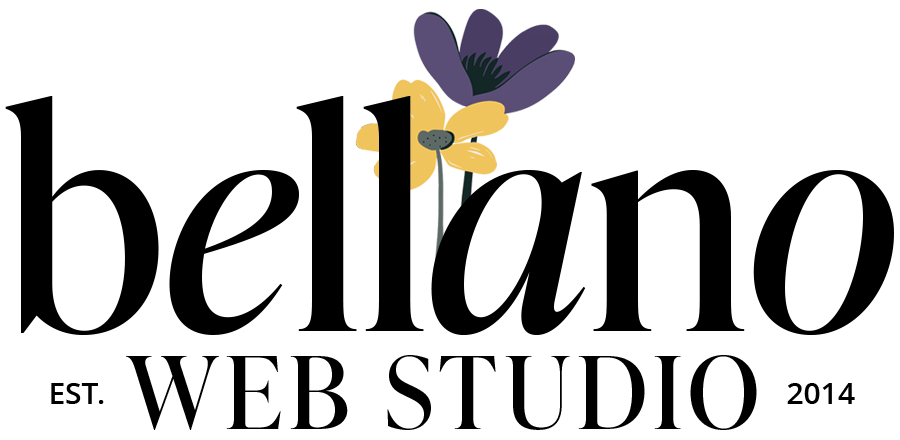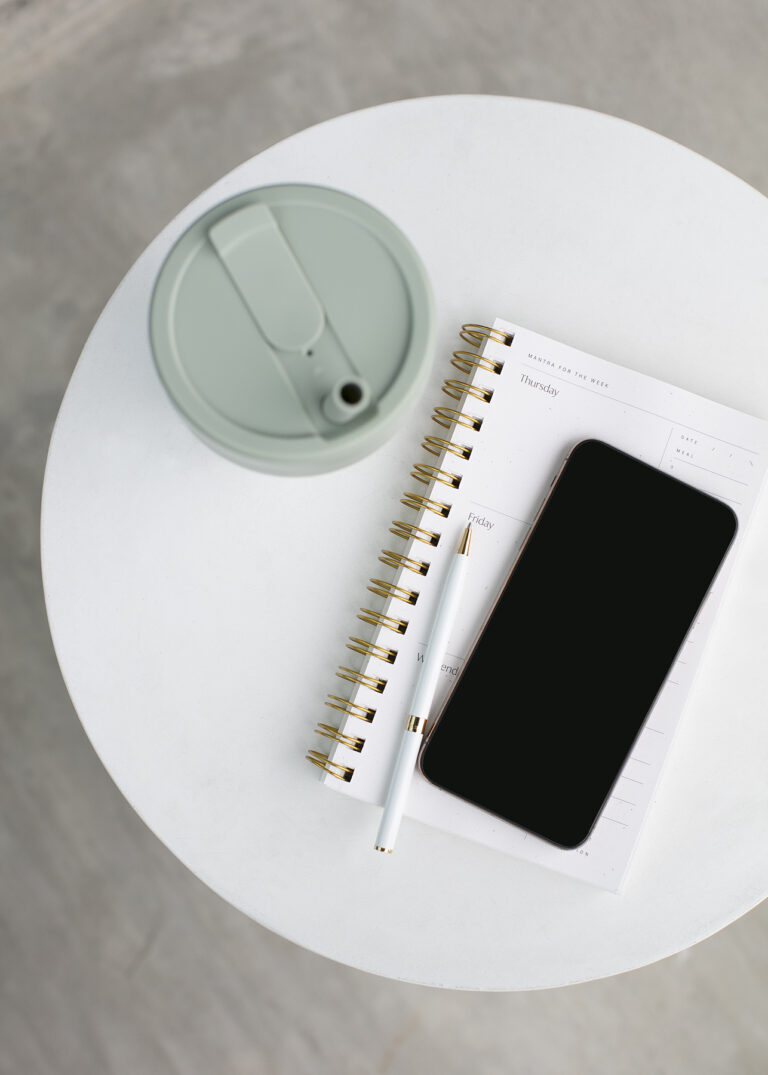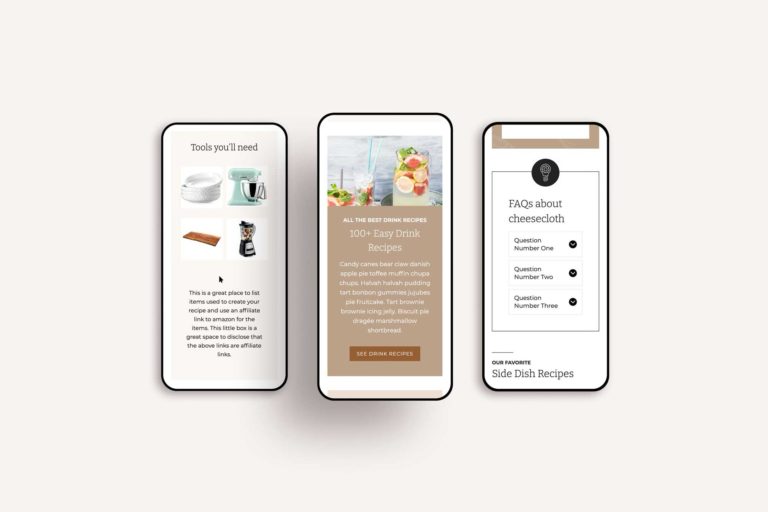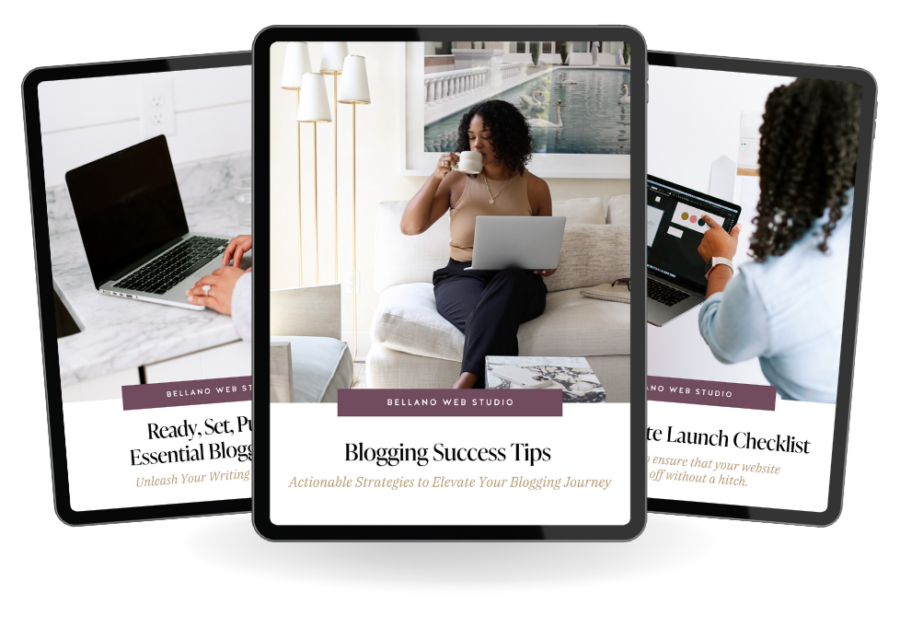Effective Design Feedback: What Type of Collaborator Are You?
Welcome to Part 2 of my series on giving effective design feedback to your web designer! If you caught the first post, “Collaboration Tips: How to Give Feedback to Your Web Designer,” you already know some great tips for clear and constructive feedback. In this follow-up, I’m excited to explore the different types of collaborators and offer insights on navigating the feedback process with each one. Understanding your collaboration style can make a world of difference in achieving a design you love. Let’s dive in!
The Feedback Dynamics in Design Projects
The feedback process is the backbone of any successful design project. As a designer, my ultimate goal is to ensure that my clients are thrilled with the final product. Over the years, I’ve worked with various clients and observed three main types: the Trusting Collaborator, the Hands-On Partner, and the Busy Entrepreneur. Each brings a unique dynamic to the table, and understanding these dynamics can help you give effective design feedback more effectively.
Knowing what type of collaborator you are is beneficial in the process of effective design feedback because it allows you to communicate your needs and expectations more clearly. It also helps me, as your designer, to adapt my approach to match your style. Whether you prefer to be deeply involved in every detail or trust me to take the lead, recognizing your collaboration style ensures a smoother and more enjoyable design process for both of us.
The Trusting Collaborator
The Trusting Collaborator is a client who provides me with creative freedom, trusting my expertise and vision. This type of client offers initial guidance and then allows me to take their wishlist and run with it. Throughout the design process, we engage in open communication, bouncing ideas off each other. This collaborative approach often leads to a design that exceeds both our expectations.
Why It Works:
- Creative Freedom: Trusting me to explore different design possibilities can lead to innovative solutions that you might not have initially considered.
- Synergy: Our combined ideas and perspectives can create a unique and powerful design.
- Efficiency: With fewer restrictions, I can work more fluidly, making the design process quicker and more streamlined.
Feedback Tips for the Trusting Collaborator:
- Provide Initial Guidance: Clearly communicate your vision, goals, and any must-have elements at the beginning.
- Stay Open to Suggestions: Be willing to consider new ideas and directions that your designer proposes.
- Maintain Regular Check-Ins: Periodic updates and feedback sessions help ensure that the project stays on track and aligned with your vision.

The Hands-On Partner
The Hands-On Partner prefers to be involved in every detail of the design process. This client often has a specific vision and wants to ensure that every element aligns perfectly with their expectations. While this approach can be more time-consuming, it ensures that the final design closely matches the client’s vision.

Why It Works:
- Precision: Detailed feedback ensures that every aspect of the design meets your expectations.
- Control: You have direct influence over the design, making sure it aligns with your brand and goals.
- Personal Touch: Your involvement adds a personal touch to the project, making the final design uniquely yours.
Feedback Tips for the Hands-On Partner:
- Be Clear and Specific: Detailed and precise feedback helps me understand exactly what you want.
- Communicate Preferences Early: Share your specific vision, color preferences, and any particular design elements you have in mind from the start.
- Lists: Bullet items and checklists are great for specific changes and quick turnaround.
- Respect the Process: Understand that design is iterative. Be patient and open to refining ideas through multiple revisions.
The Busy Entrepreneur
The Busy Entrepreneur is a client who is juggling multiple responsibilities and doesn’t have the time to be deeply involved in the design process. This client relies on my expertise to deliver a design that meets their needs with minimal intervention.
Why It Works:
- Trust in Expertise: The client trusts my ability to make decisions that align with their brand and vision, allowing me to work independently.
- Time Efficiency: With limited feedback required, the project can move forward quickly without waiting for frequent client input.
- Focus on Results: The client is primarily concerned with the end result and trusts the process to get there.
Feedback Tips for the Busy Entrepreneur:
- Set Clear Objectives: Provide a comprehensive brief at the beginning, outlining your goals, brand guidelines, and any essential elements.
- Schedule Milestones: Agree on key milestones where you can review progress and provide feedback, ensuring the project stays on track.
- Trust the Process: Rely on your designer’s expertise to make decisions that align with your vision and focus your feedback on major elements rather than minute details.

Why Your Feedback Matters
No matter which type of client you are, providing constructive and kind feedback is crucial. Your input is invaluable in creating a design that truly reflects your vision. Here’s why your feedback matters:
- Alignment: Feedback helps ensure that the design aligns with your brand, goals, and vision.
- Improvement: Constructive criticism allows me to refine and improve the design, addressing any concerns or preferences you have.
- Collaboration: Open communication fosters a positive and collaborative working relationship, making the process enjoyable and productive for both of us.
Balancing Creativity and Control
Navigating the feedback process is all about finding the right balance between creativity and control. As a designer, I value both the freedom to explore creative solutions and the guidance that helps me tailor the design to your needs. Here are a few tips to help strike that balance:
- Set Clear Expectations: At the beginning of the project, discuss your preferred level of involvement and establish clear expectations for communication and feedback.
- Be Open to Exploration: Even if you have a specific vision, be open to exploring new ideas and suggestions. Sometimes, unexpected solutions can lead to the best results.
- Trust the Process: Design is an iterative process. Trust that each round of feedback and revisions brings the project closer to a design you’ll love.
The Power of Constructive Feedback
Constructive feedback is the foundation of a successful design project. Whether you’re a Trusting Collaborator, a Hands-On Partner, or a Busy Entrepreneur, your feedback should always be kind, honest, and specific. Remember, the goal is to create a design that reflects your vision and meets your needs. By working together and maintaining open communication, we can achieve a stunning final product that you’ll be proud to showcase.
Conclusion
Understanding how to give effective design feedback is crucial for the success of your design project. Whether you prefer to be deeply involved or trust the designer to take the lead, providing clear and constructive feedback ensures that the final product aligns with your vision. Embrace the feedback process, and you’ll find that it leads to more polished, effective, and visually appealing results. By following these tips, you can ensure that your feedback is both helpful and respectful, fostering a positive and productive collaboration.
Did you miss part 1?
Collaboration Tips: How to give feedback to your web designer
Did you find this post helpful?
pass it on or pin it for later!
[hubbub_share]










